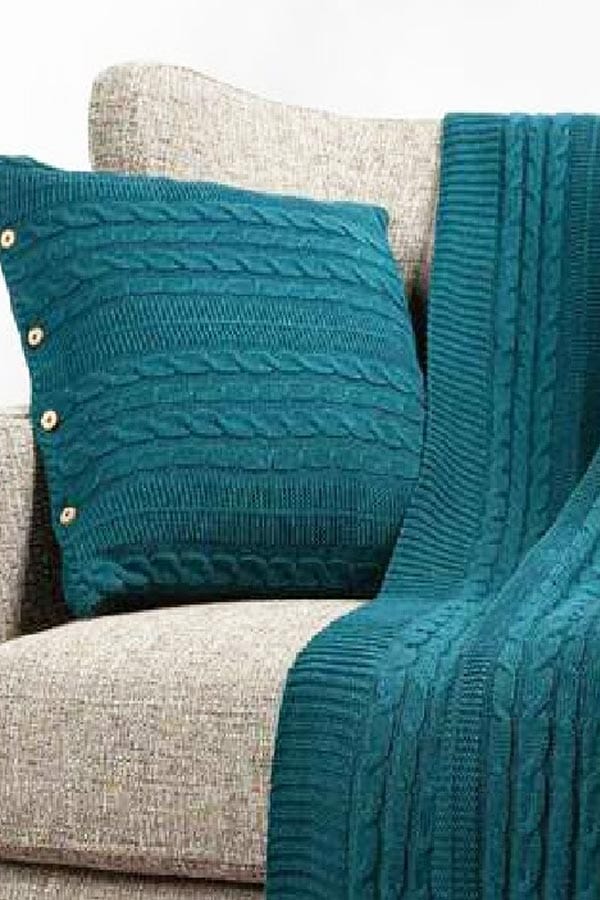I promised you more information about health issues from my modest totally non-medical but practical view. Every day I get a phone calls or emails concerned about toxins in the clothing, looking for better choices. Personally, I believe it’s insane to live in one of the richest countries in the world but to struggle so much to find food and products which are not poisoned.
Insane or not, I believe this is the case right now. Thank goodness, this battle can be won because it’s us, the consumers that vote with our dollars. We, the consumer, hold the key to that change. The power of purchasing dictates what’s being made, period. So, please - keep supporting organic businesses so they become an unstoppable wave. For now, with all the interest in health, organic clothing (where fiber is certified to Global Organic Textile Standards or equivalent) is a tiny niche. If you are a guy, you know how small the selection of styles is. Stick with us though, the change is definitely in the air. Keep asking for organic textiles, keep turning your back on oil based plastic, including polyester and nylon and demand natural fibers.
What is at stake? Our health. And the planet’s.
For example take formaldehyde. Used mainly in particleboard products, it made its way to textiles as well. U.S. Environmental Protection Agency (EPA) classifies formaldehyde as human carcinogen, associated with cancer. The Agency for Research on Cancer (IARC) classifies it as such, as well. The National Toxicology Program, of the Dep. of Health and Human Services, also named formaldehyde as a known human carcinogen.
How is it used in textiles? Formaldehyde creates wrinkle free, stain resistant garments. It’s also common in the shoe industry. As convenient as it might sound, the wrinkle-resistant, shrink-proof, stain proof fabrics release the formaldehyde resin. It may be tolerated by some, depending how sensitive person is but is never good for you.
Remember, the release of toxic materials increases with humidity and perspiration. Basically if you are a human being, with a warm breathing body (!) - you absorb the chemical resin leached from these garments if you wear synthetics or treated textiles.
How dangerous is that?
The feedback I hear from people calling us (real people not statistics and NOT from our store clothes): skin rash, especially where there is tight fit, eczema, allergies. Interestingly the reaction can be immediate or after a few days, making connection difficult. We all learned to watch out for foods that don’t get along with our body. We monitor what we eat but the levels of toxins from fabric treatments, dyes and synthetic fibers go unnoticed. These don’t pass through the digestive system and get absorbed in the body straight through skin.
Just look at some of the stuff used:
- Chromium VI, used on leather, wool. Causes or increases dermatitis, it’s mostly prohibited in EU
- DMF, prevents mold and moisture in leather. Causes serious eczema, difficult to treat
- Phthalates, used in PVC in shoes, raingear, carcinogenic, disturbs the hormone system
- azo dyes, used in the color process for textiles, leather. May be carcinogenic and mutagenic (changing genetic material) properties. On EU restricted list.
- Chlorinated phenols (PCP, TeCP, TriCP) used in textiles. It can irritate the skin, eyes and mouth. Long-term exposure can cause damage to the liver, kidneys, blood and nervous system.
- Formaldehyde, used to "finish" fabric. Irritates the eyes, nose, throat and can cause allergies of skin and lungs. High exposure can even lead to death. Potential carcinogen. The government standards vary greatly, ie. Japan allows 75 ppm (parts per million) of formaldehyde-releasing resin, while US allows 300 ppm.
One of our customers suffered so greatly that he was granted work disability. “All I had to do in court is to take off the long sleeve shirt”. Judge said “I don’t need to know more, case granted”. That person cannot wear regular clothes, shoes, has undyed gloves on his hands at all times. Department of Labor and Industries recognizes the problem. It states “Clothing can be a cause of occupational dermatitis. The source of dermatitis can be the fabric itself, chemical additives used in processing the fabric and hardware and fasteners.”
Can I just wash chemicals out?
Washing new clothes is great as it may reduce the level of toxins or dyes but will not remove it completely. Think about it – wrinkle resistant fabrics stay like that through multiple washes.
What to do?
Look for clothing that is made from organic fibers, made to Global Organic Standards or equivalent. Choose natural fibers over synthetics. Sourcing is the most difficult part of our business, searching continuously for trustworthy manufacturers, while trying to keep style, sizing, pricing, customers’ wishes in consideration. There are only few manufacturers at this point spread across the globe driven more by passion than economics. All of them are small businesses, vulnerable to costs of keeping the doors open. Most of vendors we started with eight years ago are not in business any more. There is a chaos if information, high expectation from potential customers and unforgiving economics.
Natural Clothing Company out of desperation and tons of requests of our customer is in the process of making its own small line of certified organic underwear that is unbleached, not treated and safe for human body. Uphill battle is the understatement. I had never heard so many “No, no, it can’t be done” in my life (and I had challenges strewn throughout life). We hope to have the first items before Christmas and are touched deeply but all of you who tell us they are willing to wait because they believe in us. Thank You.
For more information, check our natural Clothing Company pages with Greenpeace reports about toxins found in biggest brands, with Dr. Clement’s book about hazard in textiles. And keep insisting on products that are simple, connected to Earth, clothes that may wrinkle, may be not bleach-white but are safe. We can turn the trends around.
References
1. NIH National Cancer Institute
2. asehaqld.org.au
3. Carlson R.M., Smith M.C. & Nedorast S.T. Dermatitis 2005
4, Andreas Schimkus, Council of Textile and Fashion Industries of Australia's (TFIA)
5. Washington State Department of Labor and Industries August, 2001









Leave a comment (all fields required)